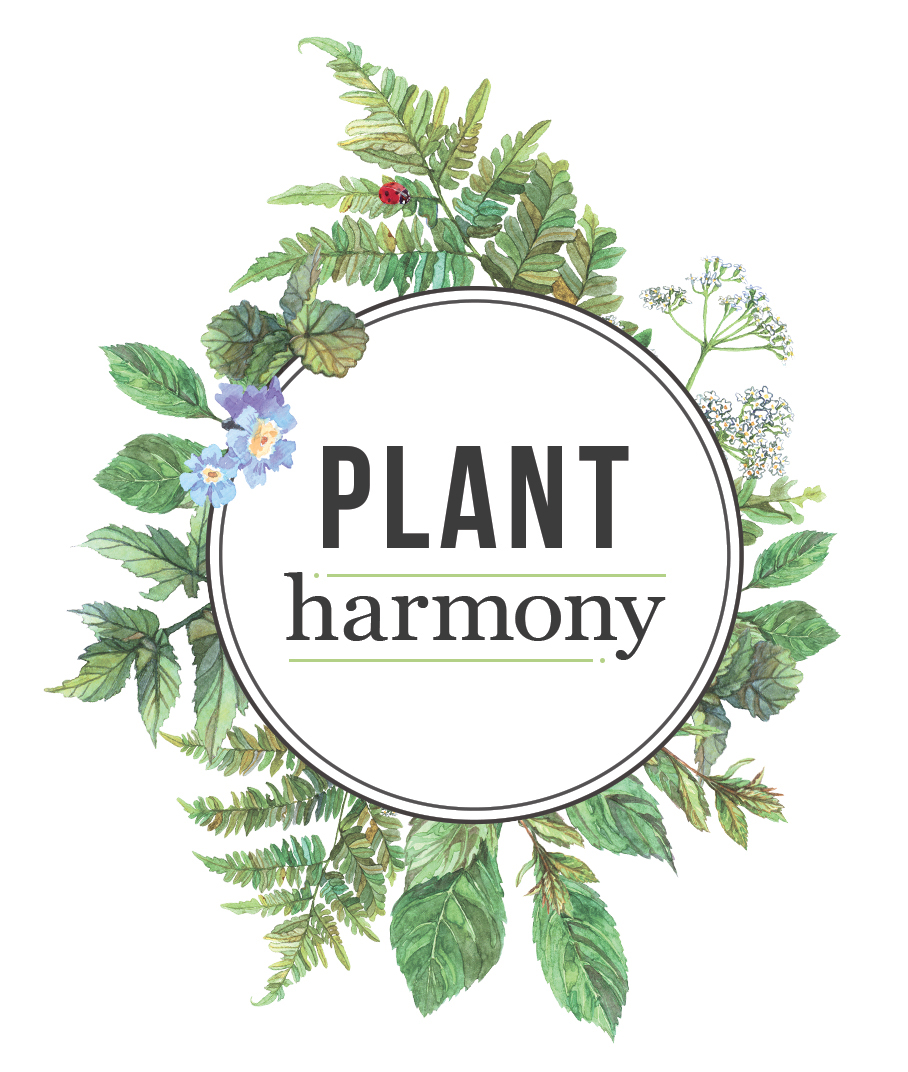Pruning Fruit Trees the Right Way
Many gardeners don’t think their young trees need to be pruned. That couldn’t be further from the truth! Pruning fruit trees when they are young is how we shape them and get them to grow flowers or fruit that burst from their branches.
You might have some questions about how or when to prune for the health of the tree. I’m here to help.
The Best Time of Year For Pruning Fruit Trees
If you plant deciduous fruit trees, berries, or roses then they require pruning. If you live in the Bay Area of California then the best time of the year for this is in January or February. I like to prune my fruit trees and roses on a nice, sunny day since it is usually chilly outside during these months.
You might wonder why the wintertime is best for pruning deciduous fruit trees, especially when it’s so cold. Here are some of the benefits of pruning at bud swell, prior to bud break*:
You limit the amount of stress you place on the tree. The period when plants start to emerge is a stressful time, so if you prune too late then it might delay growth.
Most (if not all) of the leaves have fallen, which allows you to see the structure of the tree canopy without interference.
By not pruning in the summer after harvest, you leave branches with leaves intact on the tree that are still able to achieve maximum photosynthesis and respiration.
The exception to wintertime pruning in Sonoma County is if you have cherry or apricot trees. In this case, pruning in the summer just after fruit production helps prevent Eutypa dieback.
Fruit Tree Pruning Prep
Before you begin pruning, you must have the appropriate tools for the task at hand.
I recommend:
Sharp, clean tools like a pruning shear or saw
Disinfectant
The appropriate tools get the job done but the disinfectant prevents the spread of any disease your tree might have. For example, if your tree has fire blight then it’s necessary to sterilize your pruning shear or saw after each cut so you don’t spread it to other parts of your tree.
Want an integrated pest management-approved way to sanitize your shears? Check out this resource for more information on making a DIY solution.
What Happens if You Don't Prune Your Fruit Trees?
Deciduous (not evergreen) fruit trees, as well as berries and roses, require pruning to assist with flower and fruit production.
If you stop fruit tree pruning altogether, you’ll end up with a weak tree that has poor structure and is more susceptible to disease.
How Far Back Can You Cut a Fruit Tree?
Each type of fruit tree requires slightly different pruning considerations. I recommend that you do your research, be brave, take notes, and have fun!
If you’re a reader like me, the best book to reference is “How to Prune Fruit Trees” by R. Sanford Martin. Any of the publications, including the newer ones that include roses, are excellent.
You can also join the many fruit tree pruning classes that local garden centers offer or even free programs your favorite gardeners (like me!) host on the topic. These are two great ways to get your questions answered and hear from experienced professionals.
Can You Prune Fruit Trees Too Much?
Absolutely. The best way to prevent this is to do plenty of research before grabbing your shears or hiring a certified ISA arborist to do it for you.
What To Do After Pruning
The best way to help your tree heal after pruning is to nurture it with water, organic fertilizer, and natural mulch.
Additionally, consider a preventative application of dormant spray to get rid of overwintering insects. If you notice that your tree is diseased while pruning, a dormant application of copper fungicide is highly recommended.
How To Use a Dormant Spray
Applying a dormant spray is an extremely effective way to use pesticides as a preventative. You use less product because, without leaves on the tree, there is less surface area to coat.
Dormant spray is a preventative application of a more concentrated mixing rate of either horticultural oil to kill overwintering insects. The copper fungicide is used to kill diseases. One application is sufficient. Reference the UCIPM website for more information.
If you have peach or nectarine trees that suffer from peach leaf curl (PLC) and you haven’t applied a dormant application of copper fungicide, it’s not too late.
For PLC in particular, I recommend that you apply the copper fungicide 3 times a year: on Thanksgiving, New Year's Eve, and Valentine's Day.
Ways We Can Grow Together
Fruit tree pruning is necessary for both the health and aesthetics of your trees.
If you still feel confused or unsure about how to do it yourself, why not take the pressure off? My husband Lorenzo is a certified ISA arborist who does residential and commercial consultations and on-site work.
If you’re located in Sonoma or Marin County, connect with me about pruning services! Your trees will thank you with blossoming buds in no time.

